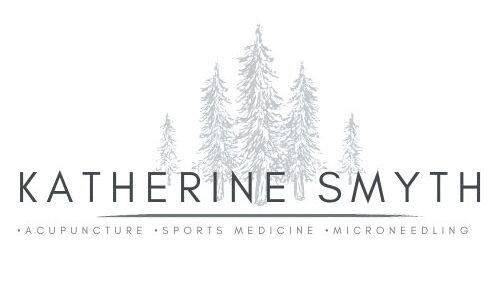Prenatal Acupuncture

A breech baby is positioned with its buttocks lower than its head during birth. This occurs in 3-4% of births and can lead to increased complications during childbirth. Most babies naturally turn to a head-down position between 28-32 weeks of pregnancy and remain in this position as space becomes limited closer to the due date.
There are four types of breech presentations:
- Complete Breech (Flexed or Full): The baby’s hips and knees are both flexed, with feet tucked in beside the baby’s buttocks.
- Frank Breech (Incomplete Breech or Extended Legs): The baby’s hips are flexed and legs extended, with feet near the head.
- Footling Breech (Rare): The baby’s hips and knees are extended, with one or both feet lying below the baby’s buttocks.
- Knee Breech (Very Rare): The baby’s hips are extended, and knees flexed, with one or both knees lying below the baby’s buttocks.

There is substantial evidence supporting the use of acupuncture in obstetrics and gynecology for correcting breech presentations. Consult with your primary healthcare practitioner during your biweekly prenatal appointments. If your baby is still breech at 32 weeks, it may be time to try acupuncture and moxibustion. These treatments are shown to effectively encourage the baby to turn into the proper head-down position by increasing blood flow and changing hormonal levels in the expecting mother, which promotes the baby’s movement. They are most effective between 32-36 weeks of pregnancy, as space becomes very limited for movement past 36 weeks, making repositioning more difficult.
Moxibustion involves using the herb mugwort, a traditional Chinese medicine practice to warm acupuncture points and increase blood flow. It helps turn breech babies by activating specific acupuncture points. Your acupuncturist can teach you how to perform this treatment at home for daily application.



